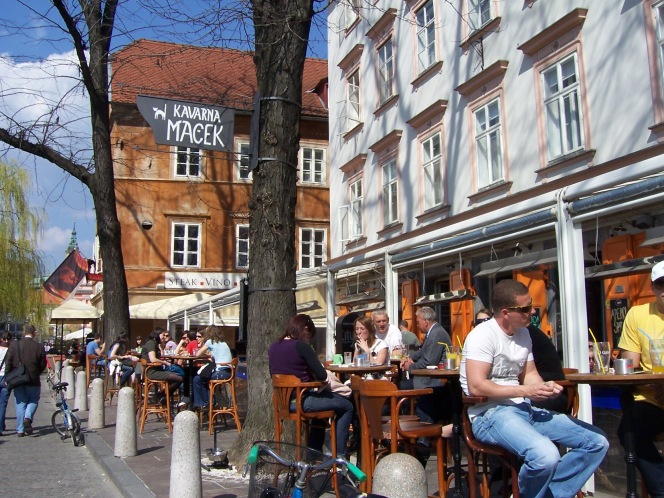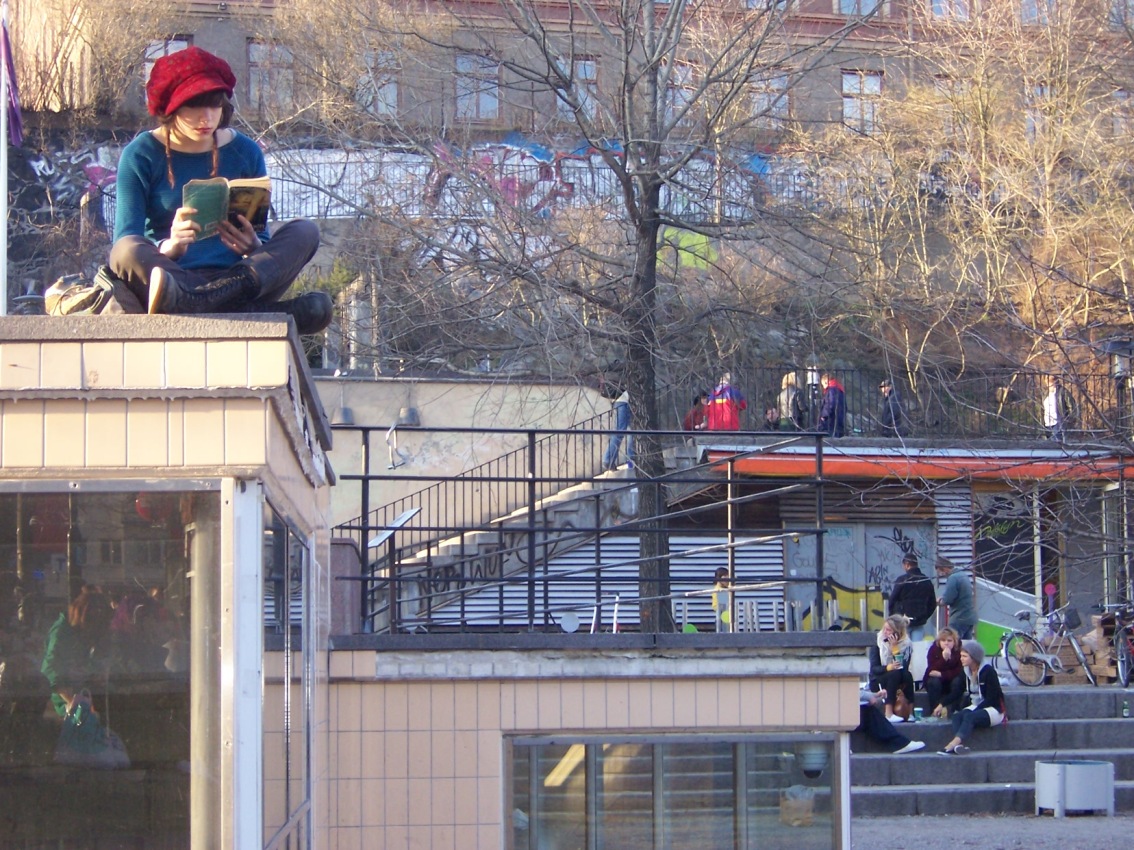How Places Shape Social Activity and Vice Versa
If you died and had to be reincarnated as a street, would you prefer to be the one on above or below?
 I’m confident that most people would opt for the social vitality of the one below as opposed to the deadening sterility of the street above it. If this is indeed the case, why does the way we plan and deliver the built environment so often leave us with streetscapes that have more in common with the one above? The aspiration behind the idea to develop a Centre for Socially Restorative Urbanism (CfSRU) is to provide a platform for research, education and practice that might more readily lead to streetscapes that leans much more towards the qualities reflected in the second image than those in the first. And this can only have a positive effect on the broader urban realm.
I’m confident that most people would opt for the social vitality of the one below as opposed to the deadening sterility of the street above it. If this is indeed the case, why does the way we plan and deliver the built environment so often leave us with streetscapes that have more in common with the one above? The aspiration behind the idea to develop a Centre for Socially Restorative Urbanism (CfSRU) is to provide a platform for research, education and practice that might more readily lead to streetscapes that leans much more towards the qualities reflected in the second image than those in the first. And this can only have a positive effect on the broader urban realm.
Socially Restorative Urbanism (SRU) is a work in progress, developed from previous research that highlighted the integrated nature of human experiences and their spatial expression. SRU wants to set agendas with innovative ways of thinking about urban spatial structure and social processes, especially using a more people-centred approach to into urban place making. Its uniqueness lies in a focus on how social activity is intimately connected with the spaces where this takes place, and cross-disciplinary development of theoretical and practical principles of urban socially sustainable design.
The ambitions of the CfSRU are, of course, wider than a quest for more socially sustainable streetscapes. It reflects the need for a new landscape-led approach to urban design. What does this mean in practice?
Sustainable living is fundamentally about human-environment interactions yet their holistic nature is inadequately understood in mainstream practice. This limitation rests in part on persistent disciplinary boundaries and over-specialisation that separates spatial, social and ecological dimensions of urban open space provision. Conspicuous lack of success in their effective integration fails to challenge current planning and architecture dominant solutions. Some developments in urban design have sought to resolve this but, in its present form, effective progress remains hampered by perceptions of theoretical immaturity, linked to its occupation of the middle ground between architecture and planning. There is insufficient social and psychological underpinning of design decision making, combined with low recognition of how human and natural processes are connected, or the science and technology of urban ecosystem service provision. ‘…There has been no concerted attempt within the discipline to link the material creation or ‘designing’ of urban space to fundamental societal processes.’ (Cuthbert,2007,p.177).
The CfSRU will respond by bringing together international expertise building platforms of collaborative research, education and practice which makes urban ‘spatial form’, rather than ‘built form’, the core unit of attention, bringing social, ecological and physical dimensions of urban form into holistic integration as the core ethos for design decision making. The core mission of the CfSRU will be driven by advancing the following broad research, education and practice agenda, emphasising a requirement for:
- More explicit understandings of the human-environment relationship at the heart of approaches to research, teaching and practice underpinned especially by phenomenological perspectives, which provide foundations from which to see such relationships as mutually interdependent and mutually transforming.
- Recognition of the interdependency of urban morphology and social processes, especially how these can better inform an integration of professional top-down processes with community-led bottom-up processes in urban place making and its management and adaptation.
- The primacy of transitional edges, as socio-spatial components of urban order, within research, education and practice, especially their key significance to the social life and vitality of the urban realm, the well-being of urban inhabitants and users, and the nature of their socio-spatial organisation to that significance. Transitional edges occur where urban built form and social processes blend together.
- Emphasis on the need for accessible and inclusive forms of communication capable of overcoming professional and community boundaries and discipline specific boundaries.
- Development of cross-disciplinary research, education and practice that can define and operationalise the better integration of built environment disciplines with environmental psychology, sociological principles and eco-system service provision in particular, focused on the socio-spatial dimensions of transitional edges and their potential for establishment of mosaics of urban greenways.
- Development of new readings of the urban realm more closely related to territorial functioning and in particular the need for a better balance between professional intervention and occupant self-organisation.
- Reorientation of practice and policy to be more localised and context specific, emphasising the importance of longitudinal, time-sensitive partnership working.
